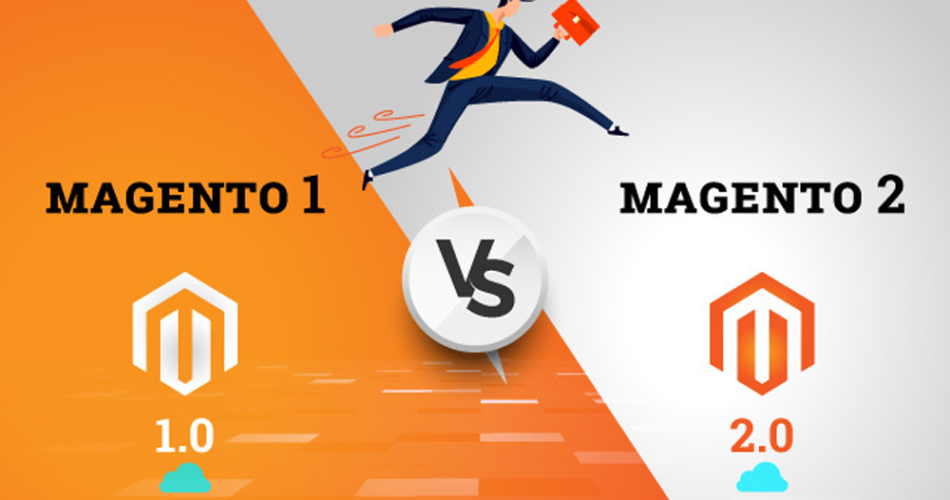Magento 2 Vs Magento 1 – Choose Your Side
Magento is arguably the most popular online store manager in the world with Prestashop. Optimizing internal SEO optimization. With Magento, you have some interesting options like:
Customize the design of your entire store to the maximum using templates and plugins. Prestashop is split into less customizable modules (unless you set up a clear internal code). When I see Prestashop I usually recognize it, I don’t know … with Magento it’s more difficult.
You can manage online stores from one panel (multiplatform). This can be very useful if you have different online stores and do not want to access one, see income, expenses access another for the same, another you can see everything in the panel.
You can control all of your e-commerce stocks, forecasts and analytics in one place. On the sales dashboard, you can see all orders, who buy you, the most requested products, shipments, etc.
You will have access to advanced customer management. You can control everything, know how many times they have bought, address, phone number and all the data you can submit in a large database.

Why should you switch to Magento 2?
Obviously, support for Magento 1 will not close anytime soon, but it is very important to consider magento 2 migration services by Elogic. Here are the examples:
- There will be no new amendments or inventions for Magento 1. For better forum support and solutions, you need to upgrade to Magento 2.
- The technology stack, new ideas used are high-end, performance and security.
Innovative architecture
In simple terms, architecture allows well-designed 58 modules for Magento 2 to be more compatible with each other and with the core. Reduces the likelihood of damage to the store due to the installation of a new module. The administrator has more opportunities to smoothly expand and modernize his store with new modules with less risk of breaking what is already working.
For example, for there is a problem “System classes overlap with conflicting classes 46”, which the module developer cannot get around: the architecture of Magento 1 and the capabilities of PHP 5.2 do not allow this (note that the very ability to overlap system classes without touching them – this is something that is still missing in most other engines, including Bitrix, which is generally built on the technologies of the early 2000s, so technologically even the old Magento 1 is superior to many modern engines).
On the other hand, it supports 65 plugins, which allow you not to overlap the entire class, but to perform pointwise micro-actions before, after and around the execution of any kernel method. This is a giant step forward: there are no other systems on the market that offer this technology. The same situation is repeated as 8 years ago: it is technologically noticeably superior to all systems present on the market today.
In many ways, the innovative architecture has become possible as a result of the use of technologies of modern versions of the PHP language.
Magento 1 is developed based on the capabilities of PHP 5.2 (released 9 years ago in November 2006). Magento 1 supports more modern versions of the 5.3 and 5.4 languages only passively: it works with them, but does not use their innovative capabilities in order to maintain compatibility with version 5.2.
Magento 2 is built on the capabilities of PHP 5.5 (released 2 years ago in June 2013), while supporting the latest and most recent versions of PHP 5.6 3, PHP 7 13 and HHVM 63.
The new features of the PHP language became the foundation for the innovative architecture.
Speed and performance
Compared to Magento 1, Magento2 functional requirements for online shopping and has improved page loading speed.



